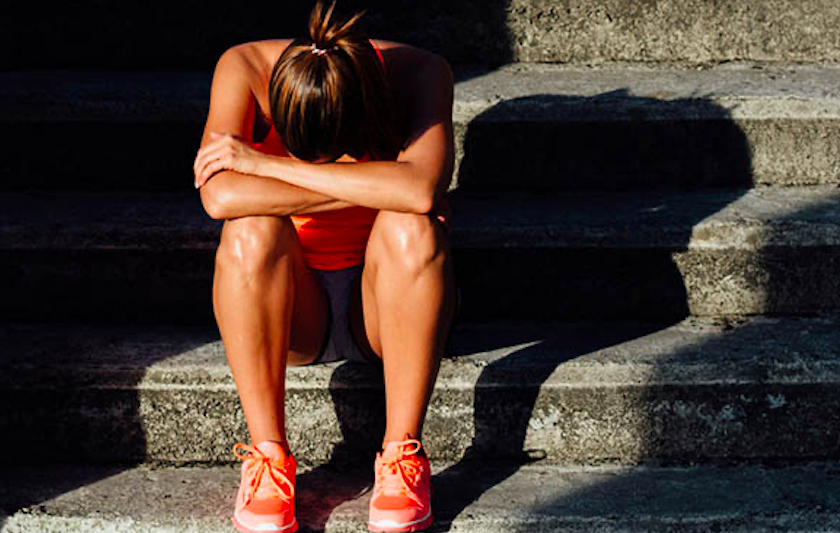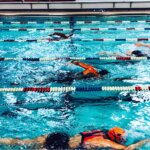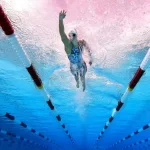Taking a break from triathlon training because you’re injured is tough. The good news is, there are ways to minimize the time you spend away from the sport and get back into it as quickly as possible once you’re healthy again! While you may be eager to jump right back into your regular training schedule, it’s important to remember that you don’t want to reinjure yourself by rushing your body.
Take a look at these helpful tips for returning to triathlon training after injury:
1. Ease into your training
One of the most common mistakes triathletes make when returning from injury is rushing back into training. Don’t try to do too much, too soon. If your doctor hasn’t given you any specific restrictions and you have been cleared to start training again, ease yourself back into it.
Don’t try to do too much too fast. It can take weeks or even months for a soft tissue injury to heal completely and only then is it safe for an athlete to resume their normal training routine—and even then it’s important not to push yourself too hard right away.
You should also avoid making any drastic changes in your diet and lifestyle if possible because these things can affect how quickly your body heals after an injury.
2. Cross-train until you’ve healed
A lot of triathletes, especially those on a strict training schedule, find themselves in the position of having to cross-train while they’re injured. Cross-training (the act of doing other aerobic exercises like cycling or swimming) is often used by athletes who are injured but still want to stay active and fit.
It’s easy to get bored with your regular workout routine when you’re not able to do all three sports at once. By switching up your fitness routine and focusing on other parts of your body, as well as adding some low impact cardio exercises like swimming or riding an exercise bike at home, you can keep yourself motivated and focused until it’s time for you to start running again!
3. Get treatment
After you get a diagnosis from a doctor or physical therapist, they can give you advice on how to treat your particular injury. You may also want to look into chiropractic care. Chiropractors specialize in helping with spinal alignment issues that often result from triathlon training injuries. Massage therapy may also help speed up recovery time.
4. Listen to your body
You’re probably feeling a little frustrated, and maybe even a little worried. Remember that this is a process. It’s not going to happen overnight! But if you listen to your body and take things easy, you can eventually return to triathlon training after injury with the right mindset and plan of action. Never push your body too far because then you’re risking injuring yourself even more.
5. Start with gym workouts
Machine exercises, such as chest presses, leg extensions, and seated rows are great ways to start rebuilding your strength without putting too much pressure on joints. Start by doing three sets of 8 reps at a low weight per exercise and then build up from there.
Free weights are another way to get started building back up your strength without stressing the joints too much. Start with machines first and then move on to free weights once you’ve had a chance to build some endurance under your belt. Again, start out with three sets of 8 reps per exercise and then increase that number (and/or weight) when it feels comfortable for you (but not so much that it hurts).
If you’re feeling strong enough after a few weeks or months of this kind of work in the gym, try adding 10 minutes of swimming into each session (swim laps around an indoor pool if the weather doesn’t permit outdoor swimming). This will keep everything moving forward gently; don’t rush things!
If you’re ready to get back to triathlon training after an injury, start by easing into your training plan. You can do this by cross-training with swimming and strength exercises (like yoga), and doing some light cardio like walking. Then, once your body has healed and you feel comfortable with your workouts again, it’s time for more serious training. The trick is finding a balance between pushing yourself hard enough so that you improve without causing further injury.
Looking for more tips on preparing for race day, despite setbacks? Contact me today to customize a training program to prepare you for your upcoming race!
Train Right, Tri Right,
Coach MJ







